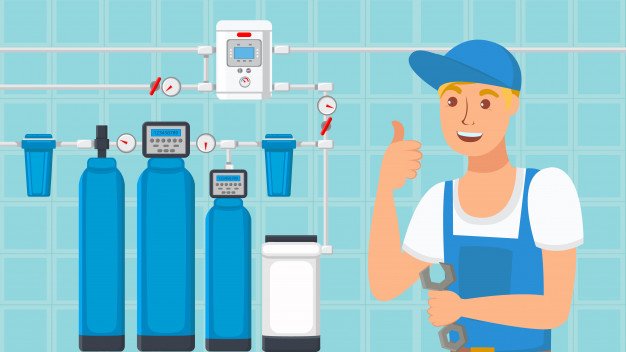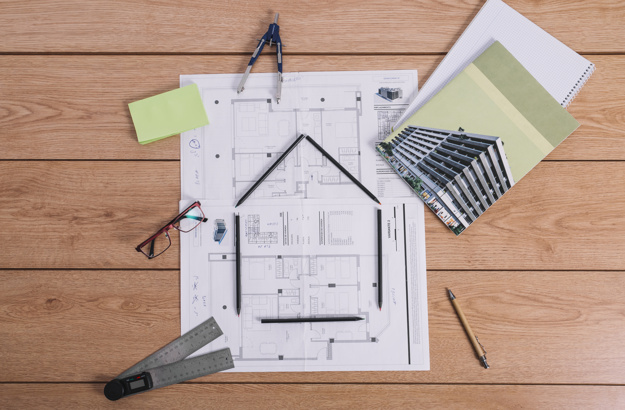What can be way more annoying than a hectic day, spending an average of eight hours sitting in a congested workspace? It’s stuffy, suffocating and most importantly, it’s unappealing to the employees and the visiting clients alike. Often it happens that one might lack the budget to shift to spacious premises but not to worry, londonofficespace.com shall walk you through 8 dynamic ways to make the best use out of small office space.
For now, let’s familiarize ourselves with these eight useful ways of decluttering space-
How Can You Use The Small Office Space?
There are several ways you can make use of the small office space that can help your business to grow further in the right direction.
1. Consider using Shared Desks:
Rather than having individual desks for your employees consider using a shared desk. In this way, not only will you be able to engage more people with work but make proper use of the limited space available. Oh and also, it will save you a good amount of money so you can save up for a bigger office.
2. Create Tea Points:
Seldom we would omit the café or kitchen within a compact zone but it can dishearten the people spending a significant portion of their time working. Therefore, consider creating tea points where there will be an instant coffee brewing machine, a jar of cookies, and tea bags for everyone. Not only does it save up more space but also delivers a modern outlook.
3. Bring in a professional space planner:
While planning on setting up an office in a small space can be difficult, professional space planners finish the job real quick. Therefore, we suggest you call in a professional space planner who can help you with the setup of the furniture, electrical outlets, and all the necessary devices required.
If you are thinking this will cost you more money, moving onto bigger premises with a limited budget will cost you more money.
4. Your office needs storage walls:
A small spaced office and tons of cabinet to fit in will eat up your already-limited amount of space. So, by installing storage walls would save you a lot of space, in fact, it will create more space for all those important files that need to be preserved at all times. On a positive note, the storage wall gives compact office spaces a fluid and contemporary aura.
5. It’s the era of wireless technology, utilize it:
While those bulky machines even 10 years ago took up all the space, wireless technology has made the best use out of even the smallest of smallest places. Consider replacing those cables with laptops, they come at the same price yet takes away lesser space than the other. Use Wi-Fi connection throughout your office, in that way you won’t have to keep those wires lining all over the floors. So, make the best use out of the wireless era.
6. Paint your walls bright:
It is a well-known fact that bright colors make any room appear larger than it really is. In the case of small office space, one should consider bright colors to paint the office walls to make it appear more spacious. For a suggestion, you may consider painting your walls in your brand’s color just to make your visitors more familiar.
7. Rely Less on Papers and files:
As we are more into preserving tons of important paper documents in files and having them stack up year after year, not only does it use up space but the chances of causing damage to improve. Thus, work smart and start converting those important paper documentation into digital format, and save them on computer hard-drives. Print out only those specific docs that need printing or sending them via mail.
8. Make Use of the vertical space:
Well, the main issue with small office space is that it mainly lacks horizontal space, which is why the space against the walls could really serve your purpose. Build wall racks or cabinets that touch the ceiling inside which you can store away everyday essentials. Have separate segments for files, papers, office accessories, in fact, you will have space for all those trophies, certificates and other accolades framed in a picture displayed against the glass.
To conclude, we suggest that you go through each and every important consideration, and if necessary, consult a reliable space planner to completely utilize any small office space.
Read Also:






















